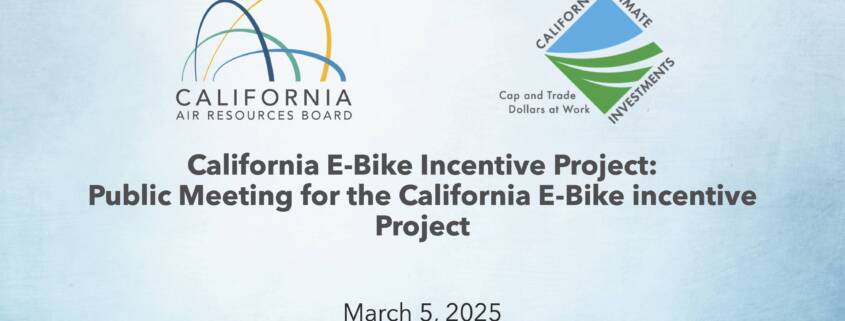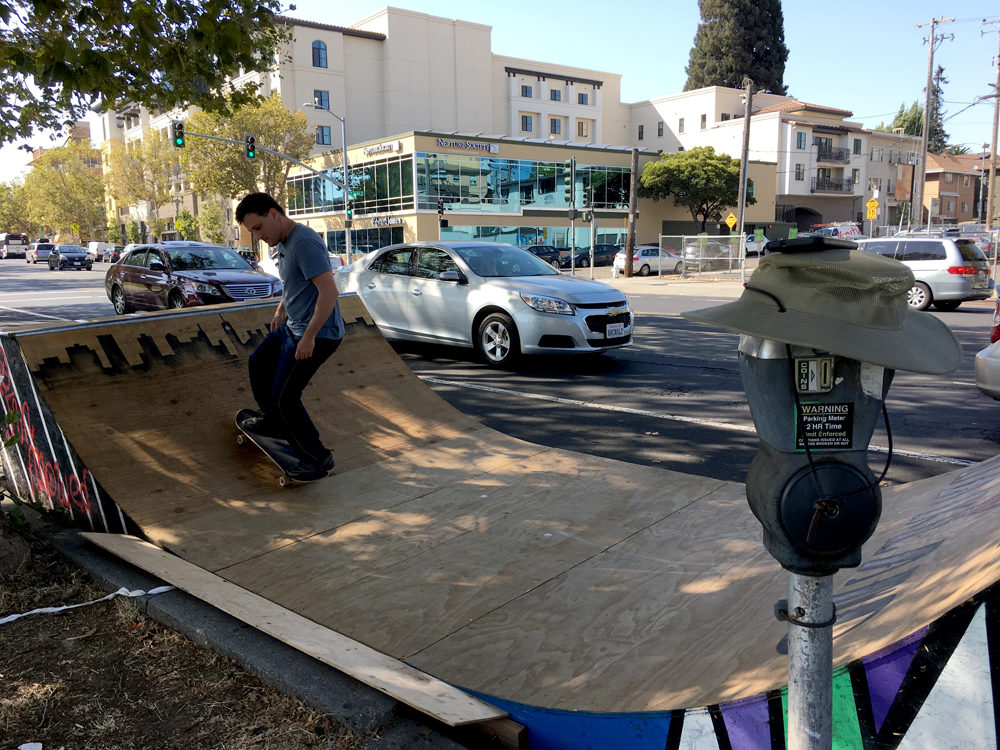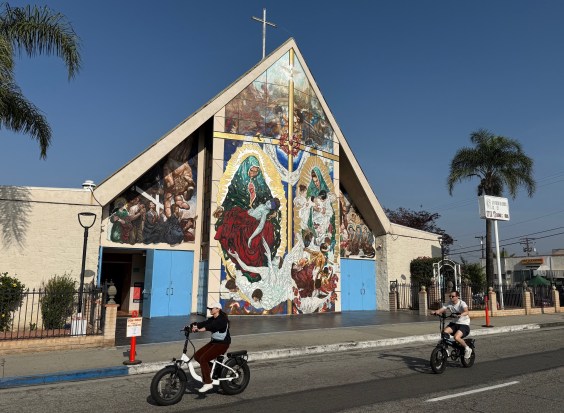This article also appears at CalBike.
The California Air Resources Board (CARB) held a work group meeting on March 5, 2025, to get feedback on proposed changes for the next application window of the E-Bike Incentive Project. Around 270 people attended the meeting, showing that interest in the program remains strong. Here is a summary of the proposed changes.
Current status of the program
CARB presented the current status of the program, including eligibility, specifications for eligible e-bikes, and the amount of the vouchers. Throughout the work group, questions and comments were a mix of concerns and issues with applying for vouchers and suggestions about proposed changes.
In the first application window, on December 18, 2024, there were 37,000 people in the waiting room by the time the portal opened at 6:00 p.m. Applicants in the work group reported being confused about the process and the difference between the waiting room and being in queue to apply.
By 6:42 p.m. on December 18, the first 1,500 people had completed their applications and the portal closed. At that point, there were nearly 100,000 people in line hoping to get e-bike vouchers. In the weeks after the launch, CARB and the program administrator fielded 20,000 inquiries about the program.
As of March 5, almost all of the first 1,500 applications have been reviewed, and 800 people have redeemed vouchers to buy e-bikes, amounting to a disbursement of approximately $1 million. CARB reported that 97% of applicants so far fall into the high-priority categories because they make less than 225% of the federal poverty level, live in an environmentally disadvantaged community, or live in a low-income census tract.
Proposed improvements for the next application window
Attendees had numerous complaints about the chaotic application process in the first window. People would like to be able to set up an account ahead of time and upload their paperwork. Unfortunately, according to Shaun Ransom, the CARB staffer in charge of the E-Bike Incentive Project, the cost to create all those accounts is prohibitive because interest is so high.
Several people, including those representing community-based organizations (CBOs) partnering with the project complained that the short notice for the first application window (less than two weeks) didn’t give them or their communities enough time to prepare. CARB promised to give 30 days notice of future application opportunities and send multiple emails to alert people to get ready.
Some commenters thought the windows were or should be a lottery. The first come, first served model disadvantages people with slower internet speeds or less access to technology. CARB’s proposal for the next application window is to add a randomizer, making selection more like a lottery. Applicants would have a half hour window during which they could enter a waiting room. After 30 minutes, the waiting room would close and the randomizing software would choose 1,500 people at random. Those people would get a link to enter the application portal. Those not chosen would be notified immediately and wouldn’t need to wait in line.
Administering a program with such overwhelming demand presents technical challenges. Despite rumors and reports to the contrary, the first window went relatively smoothly and avoided crashing the servers. CARB’s proposed changes should make the process clearer for applicants and fairer for those who need more time to log on to the website.
A greater role for community organizations
The CBO network working with the E-Bike Incentive Project raises awareness of the program among underserved communities and helps members of those communities navigate the application process and buy an e-bike. However, CBO representatives reported having little to do after the first launch because few or none of the people they serve were able to secure vouchers. CARB presented a proposal to administer 500 vouchers directly through CBOs to allow them to connect people with the greatest need of inexpensive, sustainable transportation to the incentive program.
CalBike has advocated for direct distribution through CBOs. It gives people who might have a hard time applying online because of issues with internet access, language barriers, disabilities, or other barriers a chance to benefit from the program. CBOs can identify people who are likely to get the most use from an e-bike and provide after-purchase support with group rides and in-person safety classes.
However, the current CARB proposal is to distribute 500 vouchers through CBOs and 1,000 through the online portal during the next application window. We believe the pace of distribution is too slow, particularly given the enormity of the need. We will urge CARB to make the CBO distribution additive to the total vouchers available in the window, rather than subtractive, and distribute 2,000 vouchers during the next application cycle.
Program administrator applications opening
CARB awarded the contract to administer the initial $10 million approved by the legislature to Pedal Ahead. The agency later added another $3 million to the program and allocated an additional $18 million in a subsequent budget. The additional $3 million was initially added to the first $10 million contract but may now be shifted to the second tranche of funding, increasing that to $21 million.
Applications to administer the second tranche of funding will open and close in the second quarter of 2025. CARB plans to announce the third-party administrator for the next round of e-bike incentives in the third quarter of this year.
A recording of the work group will be available in two weeks, and we’ll add it to this post. In the meantime, here are the slides (pdf).






